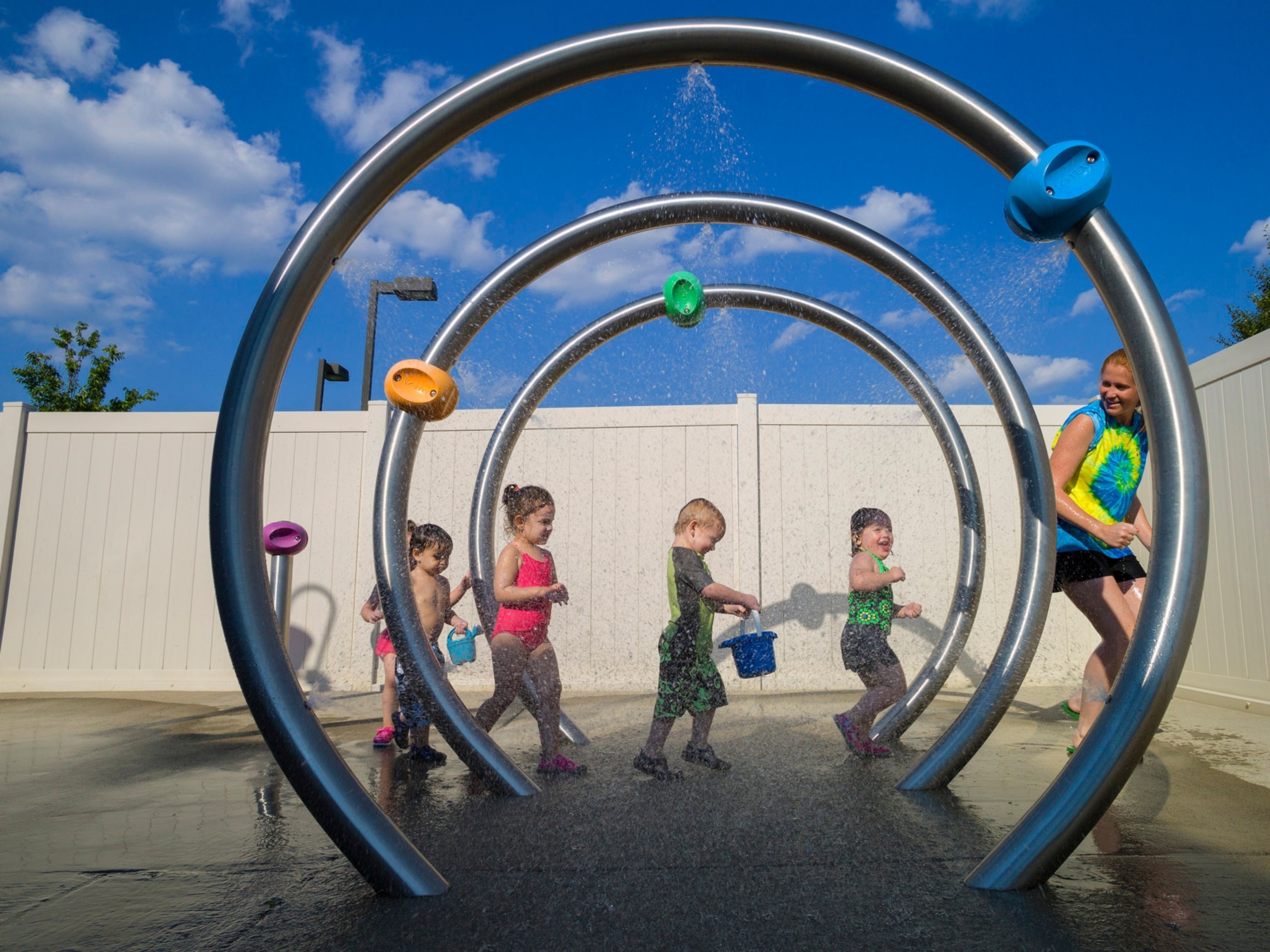Why your neighborhood matters more for your health than you think
Do you want to be happier, healthier, wealthier, and more creative? Experts say there’s one quality you should prioritize in choosing where to live.
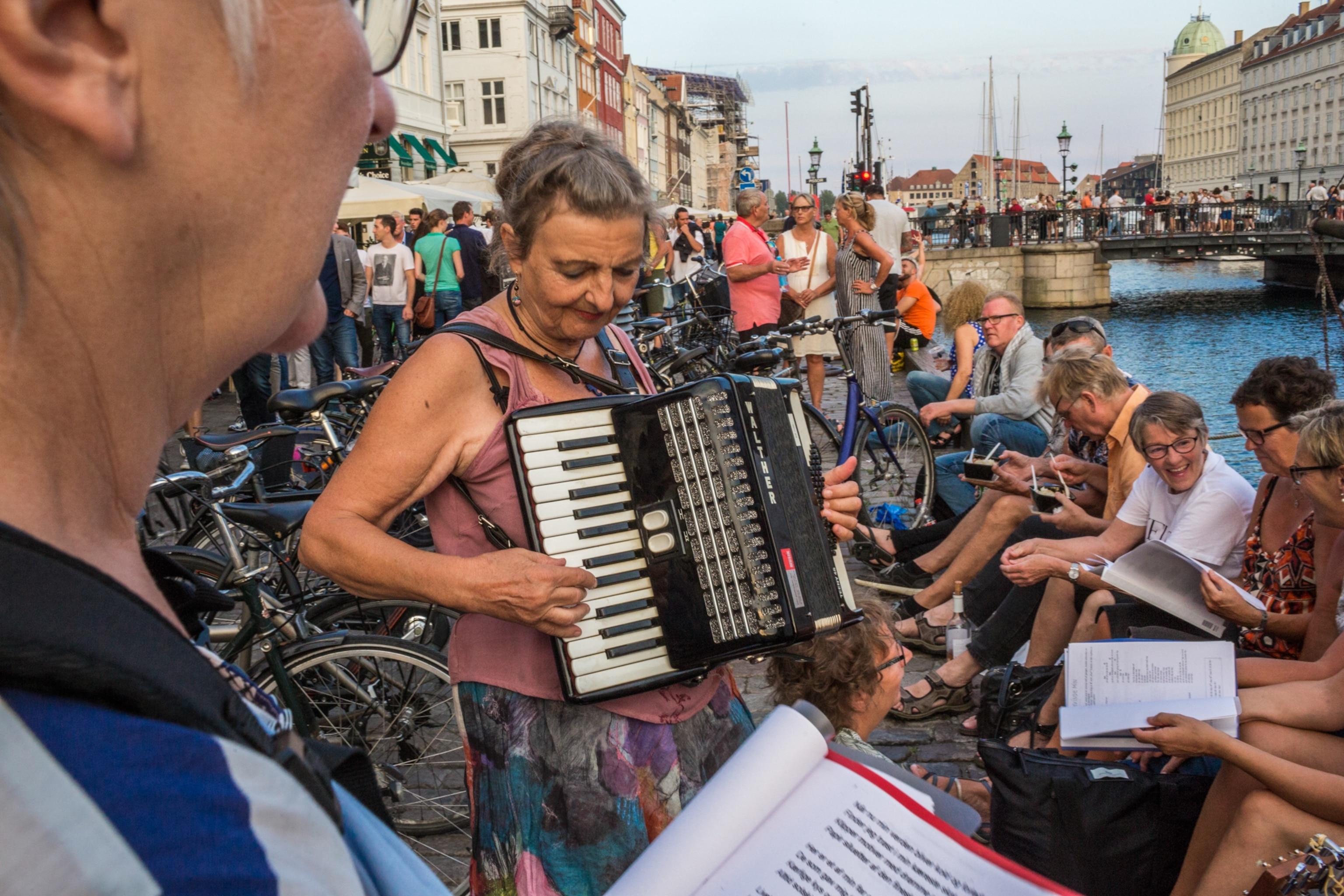
From reducing chronic disease to fostering strong social connections, living in a walkable neighborhood may be one of the best-kept secrets to keeping your family happy and healthy.
Walkable communities are areas wherein the majority of services and goods (such as grocery stores, schools, doctors and parks) are reachable without a car or public transportation.
Up until the mid-20th century, plenty of cities in the U.S. were designed for pedestrian sensibilities, with dense, vibrant town centers and easily accessible streets. But as widespread development pushed citizens towards the suburbs, the tight-knit infrastructures that once helped develop well-connected communities disappeared.
While experts now know that residents in walkable neighborhoods experience greater social and physical benefits, most Americans will likely never reap those benefits as cityscape communities continue to grow.
(Walking is the sixth vital sign. Here’s how to do it right.)
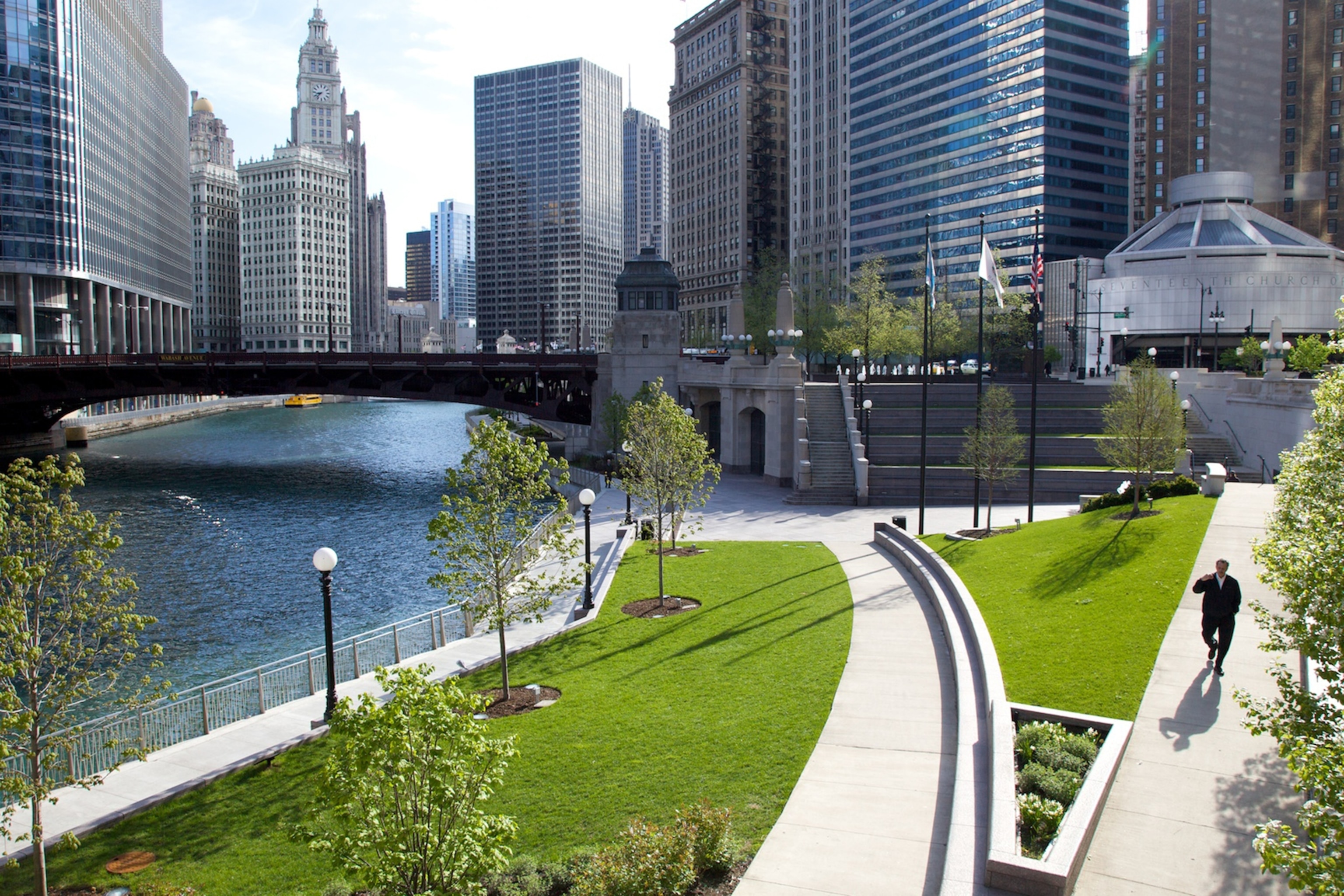
Cars have deep roots in America—today, 92 percent of U.S. households have one vehicle or more. In contrast, only 6.8 percent of the population lives in highly walkable places, according to a 2023 report by Smart Growth America. What’s more, a limited supply of walkable areas nationwide tends to drive housing prices in these neighborhoods up, widening the gap of who can afford to move there.
Where a person settles down can directly impact the lifestyle habits they adopt, says Glen Duncan, professor and chair of nutrition and exercise physiology at Washington State University. “Whether we're active or sedentary really plays a profound role in our health status,” says Duncan. He adds that evidence suggests your environment can have big implications for your social and emotional wellbeing too.
What defines a walkable neighborhood?
Although many cities in Europe are known for their walkability, the most prominent examples of these districts in the U.S. include New York City, Chicago, San Francisco, and Boulder, Colorado.
Research led by Duncan used metrics like intersection density, population density, and destination accessibility to measure walkability. Researchers discovered that each 1 percent increase in an area’s walkability led to a 0.42 percent increase in people actually walking around the neighborhood.
Much of a person’s access to a walkable haven depends on their starting location and their final destination, rather than general “walkability” of their town or neighborhood. “An area’s walkability may be somewhat fluid rather than static,” says Duncan.
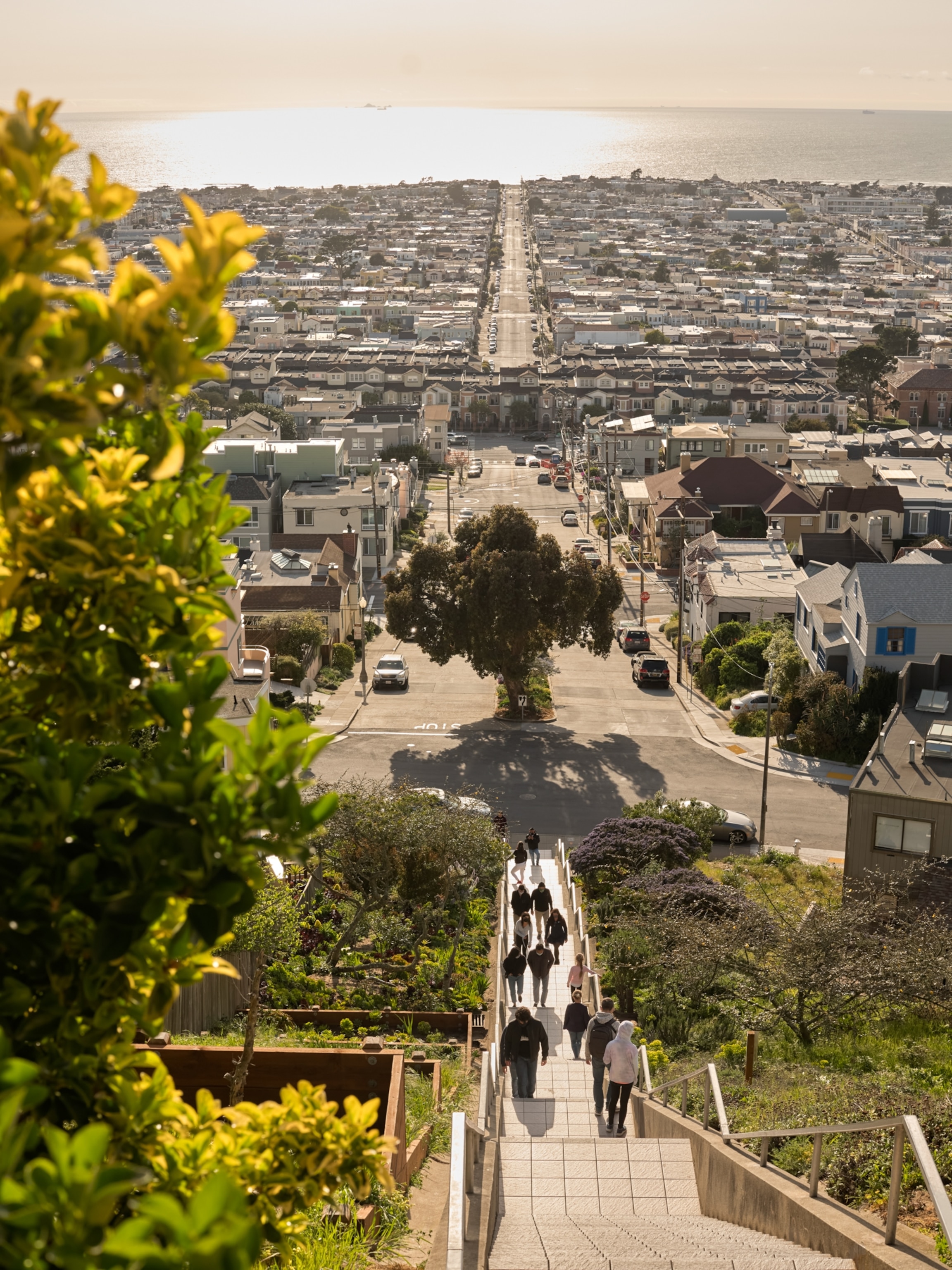
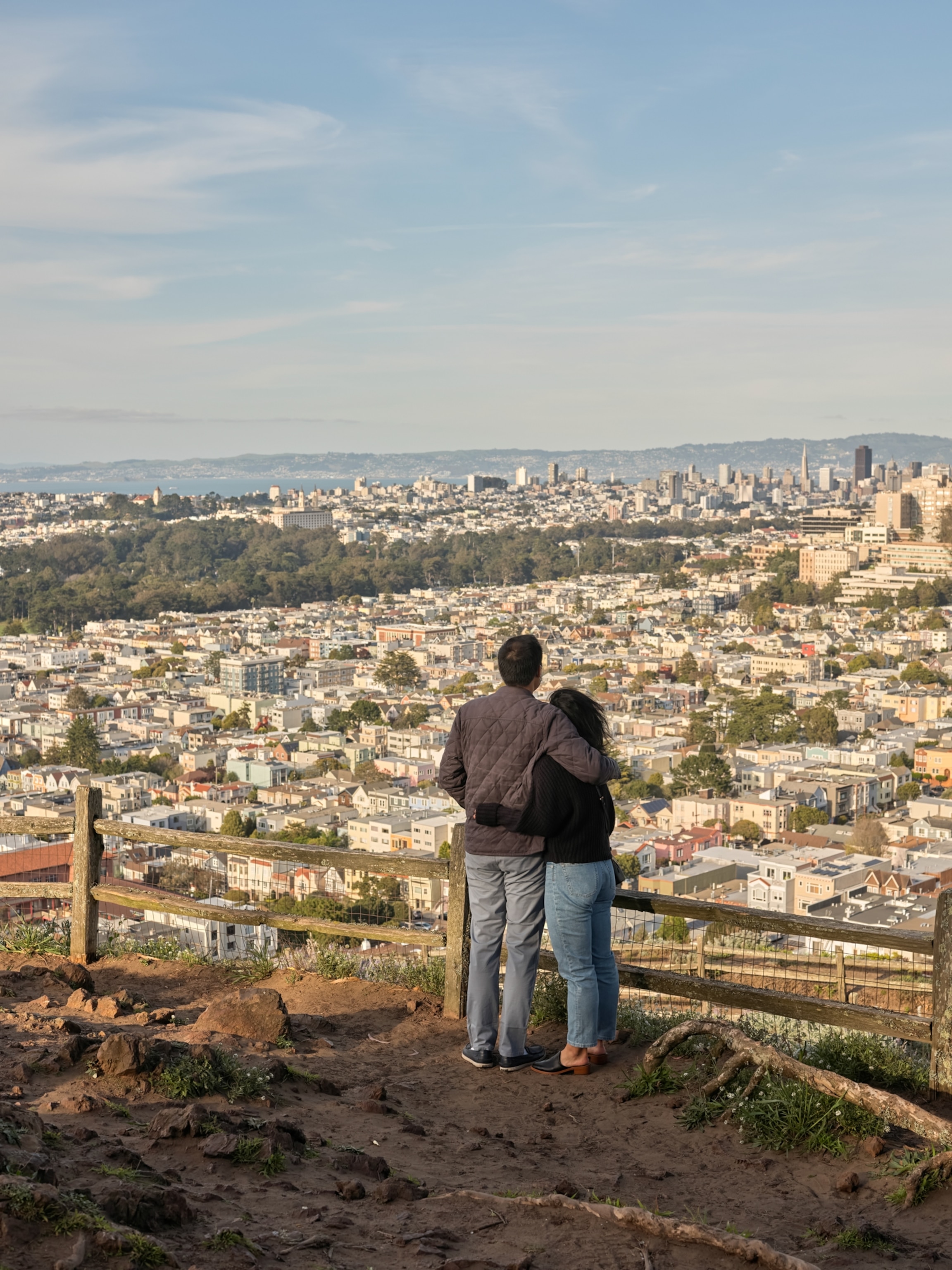
What the advantages of living well look like
Research appears to support the idea that more walkable communities would be a net positive for society, especially as a way to help people care for their life spans—and their health spans, Duncan adds, the number of years a person is able to function in good condition.
(It's not your life span you need to worry about. It's your health span.)
“There are clear connections between the neighborhood environment and behavior, in this case, it's physical activity,“ he says. “The big question is whether that translates into tangible differences in health outcomes, like obesity, coronary heart disease, stroke, or diabetes.”
Besides bolstering the population’s overall health, putting roots down in a walkable neighborhood can significantly increase a family’s overall wellness and quality of life.
Happy people tend to lead longer lives, and one 2023 study even found that living in a walkable neighborhood was directly linked with the happiness of people between the ages of 36 to 45.
Reasons behind this phenomenon tend to stack up.
For one, due to a limited dependency on cars, these communities’ more accessible layouts are better for the environment, which means cleaner air and less greenhouse gas emissions. This benefits community wellness, as noxious or polluted air can negatively impact public health, contributing to disease in adults and developmental issues in children. Additionally, more walkable areas boost the local economy as clannish social ties lean toward supporting small businesses.
Human health gains are also extensive in part due to how pedestrian-friendly neighborhoods support active lifestyles and outdoor activities such as running or biking. Even for younger generations, mental health and economic benefits abound in these spaces, as experts note that walking some distances can make children more creative in the long-run.
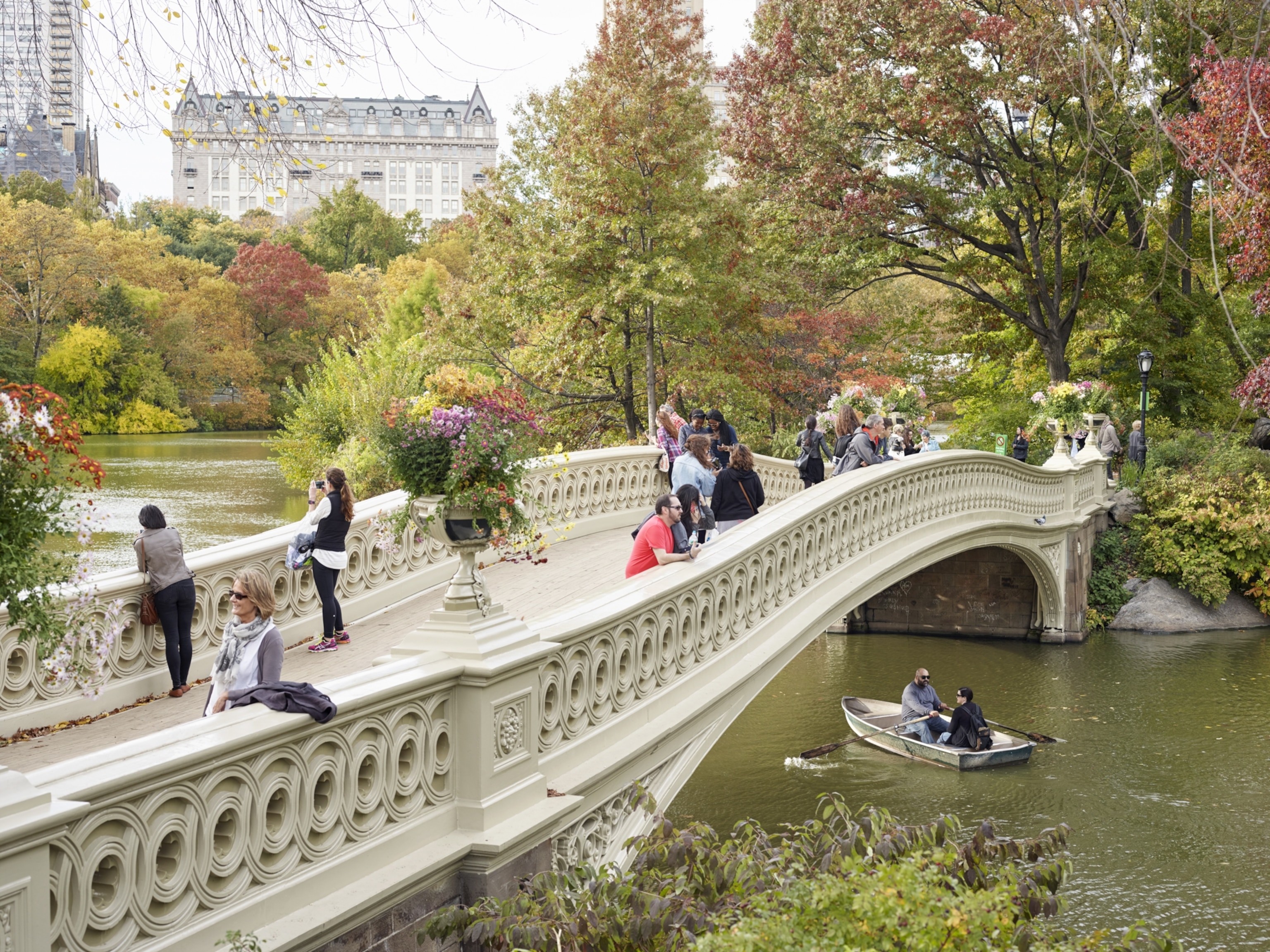
These many freedoms are important lifelines to Laura Groenjes Mitchell, an active transportation advocate currently based in Minnesota.
Groenjes Mitchell now raises her family in Minneapolis, a decision largely made based on how effortless it would be to access resources like the public library and the school. “We chose to live in a very walkable and bikeable neighborhood within the city and our quality of life has just taken off,“ says Groenjes Mitchell.
One significant 2019 study suggested that the walkability of a city was directly linked to a child’s social and economic mobility. People who grow up in walkable places are healthier and prone to higher incomes later in life, likely due to being closer to nearby employment opportunities. These spaces also encourage young adults to connect with neighbors more often, whether through daily proximity or via social gatherings or errand-running.
Groenjes Mitchell feels that living in a walkable neighborhood has not only helped cultivate their independence but imbued her with more trust in her children’s ability to navigate the world safely. In the long-term, she hopes having the opportunity to live in such a free environment will set them up for lifelong success.
The lure of a walkable neighborhood and a strong community identity is expected to draw more interest in the next few decades, especially as rising temperatures and extreme weather events exacerbate environmental migration and alter urban settlement patterns.
Making more neighborhoods walkable starts by connecting with local advocacy groups to support collective infrastructure change. But on a grander scale, unless policymakers work to embrace these havens, the negative (and often car-centric) behaviors that dominate our health culture won’t be mitigated anytime soon, says Duncan.
“It's not just about increasing activity, it's about decreasing pollution, it's about having a stronger economic area, [and] social fabric,” he says. “These are all really strong, powerful benefits that improve our health.”





